List of Indoor PlantsPlants are multicellular organisms in the majority of cases. Historically, the plant kingdom comprised all non-animal living creatures, including algae and fungi; however, all current Plantae classifications exclude fungi and some algae and prokaryotes (the archaea and bacteria). Plants are mostly photosynthetic eukaryotes belonging to the Plantae kingdom. Photosynthesis by primary chloroplasts formed from endosymbiosis with cyanobacteria provides most of the energy for green plants. Chlorophylls a and b, which give them their green color, are found in their chloroplasts. There are around 320,000 plant species, with the vast majority (260-290 thousand) producing seeds. Green plants provide a significant amount of the world's molecular oxygen and are the foundation of most ecosystems. Plants that produce grain, fruit, and vegetables have been cultivated for millennia and serve as fundamental human staples. Plants have a wide range of cultural and other applications, including ornaments, building materials, writing materials, and being the source of a wide range of medications and psychotropic chemicals. Botany, a part of biology, is the scientific study of plants. Plants provide sustainable environment to humans, either directly or as feed for domestic animals. Agriculture is concerned with the cultivation of food crops and has played an important role in the history of civilizations worldwide. Agronomy for arable crops, horticulture for vegetables and fruit, and forestry for timber are all part of agriculture. Approximately 7,000 plant species have been utilized for food, with approximately 30 species accounting for most of today's food. Cereals like rice and wheat, starchy roots and tubers like cassava and potato, and legumes like peas and beans are important mainstays. Lipids are provided by vegetable oils such as olive and palm oil, while fruits and vegetables provide vitamins and minerals. Therapeutic plants are a major source of organic compounds, which are used in the industrial synthesis of a wide range of organic chemicals and their medicinal and physiological effects. Hundreds of medicines are derived from plants, including herbal medicines and chemical compounds extracted from plants or recognized in them, sometimes through ethnobotanical searches, and then synthesized for use in contemporary medicine. Aspirin, taxol, morphine, quinine, and vincristine are examples of modern medications originating from plants. Plants produced as industrial crops provide a wide range of products utilized in production, sometimes causing environmental harm. Essential oils, natural colors, pigments, waxes, resins, tannins, alkaloids, amber, and cork are non-food goods. Soaps, shampoos, fragrances, and cosmetics are all made from plants. Indoor plants can easily add a splash of color or increase the feel-good factor in any space. Furthermore, indoor plants are beneficial to your mental health and make you feel better. So, let's get this list started. 1. Money tree (Pachira aquatica)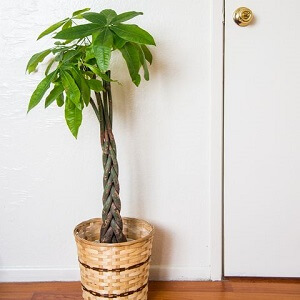
Light- Bright, indirect lighting is used. Water- When the soil is almost entirely dry at the top, water it. Pet friendly- Yes. Parent level- Beginner to the intermediate plant parent level. Pro tip- Wipe away any dust that has gathered on the leaves. 2. Fiddle leaf fig (Ficus lyrata)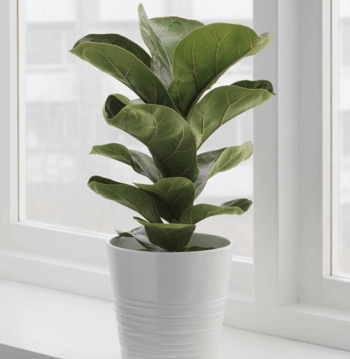
Light- Place it in a well-lit area where to receive indirect illumination throughout the day. Water- Keep the soil moist, but let it dry out for at least 1 inch before watering again. It necessitates more frequent watering during the summer. Pet friendly- No. If cats or dogs eat it, they will be poisoned. Parent level- Intermediate. The fiddle leaf fig has a reputation for being a diva. Pro tip: This plant enjoys moderate humidity, so a good mist will keep it happy. 3. Rubber plant (Ficus elastica)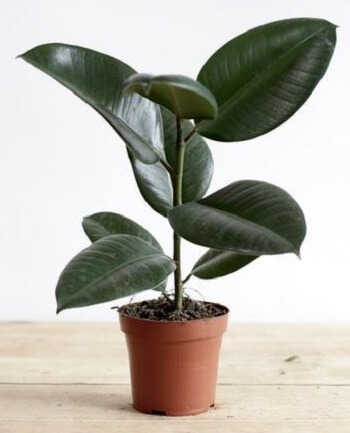
Light: Shine a bright light on this one, but not direct sunlight. Water: Water it once or twice a week (yellow leaves = don't water it). Before watering, allow the soil to dry on top. Pet friendly- No. If eaten, it is poisonous to both pets and humans. Parent level- Beginner. Pro tip- Cut a small notch in the node where the leaf came off if you desire new leaf growth after it has fallen off. 4. Giant bird of paradise (Strelitzia nicolai)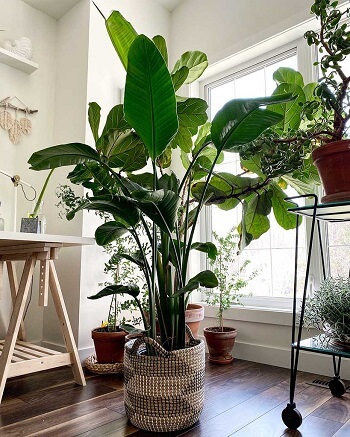
Light- It prefers bright, indirect lighting. Leaves and flowers can be damaged by too much direct light. Water- Keep the soil wet with water. Allow the soil to dry out further over the winter months before watering. Pet friendly- No. Fido and felines are both poisoned by this plant. Parent level- Beginner. Pro tip- For best results, rotate the plant regularly. 5. Bamboo palm (Chamaedorea seifrizii)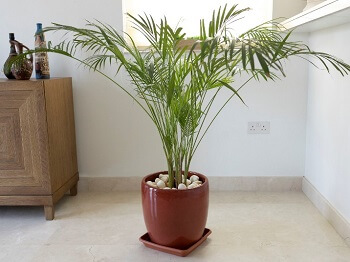
Light- Except for direct sunlight, this plant prefers all types of illumination. Water- Keep the soil moist yet allow sufficient drainage for the plant. It doesn't like to drink a lot of water. Pet friendly- Yes. Parent level- Beginner. Pro tip- Overwatering is the bamboo palm's death knell. It despises wet soil. The bamboo palm is an excellent choice if you have a history of ignoring plants. 6. Heartleaf philodendron (Philodendron hederaceum)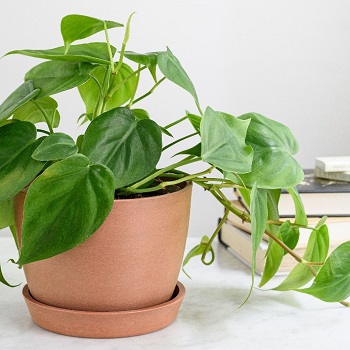
Light- Medium-light is preferred, but bright, indirect light can be tolerated. Water- Keep the soil moist at all times by watering it. Pet friendly- No. Cats and dogs are poisoned by this plant. Parent level- Beginner level. Pro tip- If you don't have the space to allow this plant to flourish, keep it modest. Cut it down to size. 7. Monstera (Monstera deliciosa)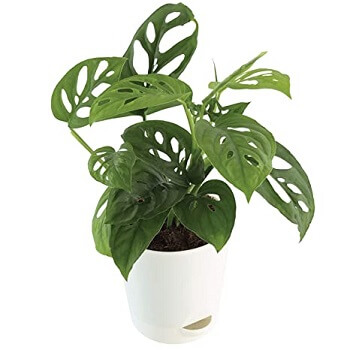
Light- Give it plenty of strong, indirect light. Keep it out of direct sunlight. Water- When the soil begins to dry out, water it. Pet friendly- No. This is a poisonous plant. Parent level- Beginner. Pro tip: Wipe the leaves off now and again to remove any dust. 8. Zenzi ZZ (Zamioculcas zamiifolia)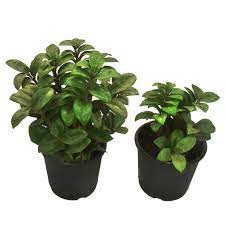
Light- It thrives in a shady environment. Keep out of direct sunlight. Water- Because it is drought tolerant, water only when the soil begins to dry out. Pet friendly- No. parent level- Beginner. Pro tip- For this small guy, less water is better. Its stem and roots might decay if it receives too much water. 9. Marble queen pothas (Epipremnum aureum)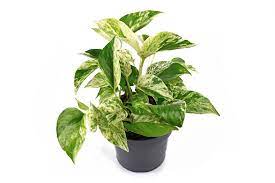
Light- It prefers low light but grows more quickly in medium to bright indirect light. Water- Keep the soil as dry as possible. You're overwatering if the leaves turn black, and you're underwatering if the leaves turn yellow. Pet friendly -No. Cats and dogs are poisoned. Parent level- Beginner. Pro tip- A pothos can also be draped over a table. 10. Chinese evergreen (Aglaonema)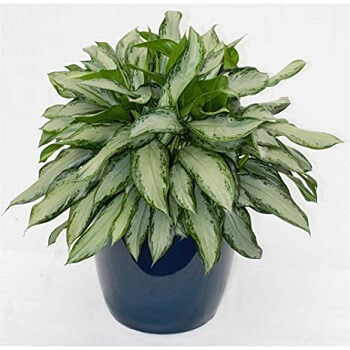
Light- Dim light. Water- When watering, make sure the soil is completely moist, and leave the soil to dry out between waterings. Pet friendly- No. Pets are poisoned by this plant. Parent level- Beginner. Pro tip- Chinese evergreens prefer warm temperatures and humidity, so choose a location that provides both. 11. String of pearls (Senecio rowleyanus)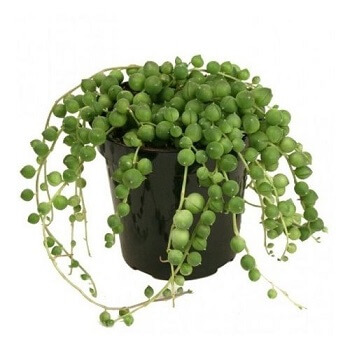
Light- Indirect lighting of the sun. Water- It can withstand droughts because its leaves store water. Before watering, allow the soil to dry out. Pet friendly- No. If swallowed, this substance is toxic to pets. Parent level- Beginner. Pro tip- If the "bead trails" become too long, you can cut them down. 12. Aloe Vera (Aloe barbadensis)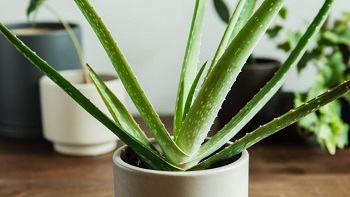
Light- Bright and indirect sunlight. Water- It thrives in dry environments, so use it cautiously. Because it dislikes standing water, use a planter with a drainage hole. Pet friendly- Yes. Plant level- Beginner. Pro tip- If your leaves start to turn brown, take them off to keep your plant healthy. Cut off a leaf and separate the gel from the stem to make your aloe gel for your skin. How to take care of indoor plants?Indoor plants can improve the ambiance of a home or any other location where they are kept. They not only beautify the exterior of a building but some help purify the interior environment. Plants can also help you focus and boost your health. Here are some suggestions for ensuring that your plants grow well.
Next TopicList of Pulses in India
|
 For Videos Join Our Youtube Channel: Join Now
For Videos Join Our Youtube Channel: Join Now
Feedback
- Send your Feedback to [email protected]
Help Others, Please Share










